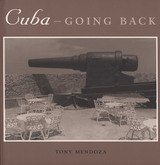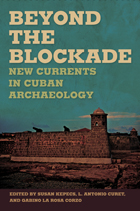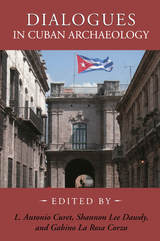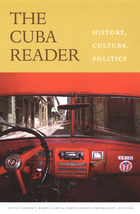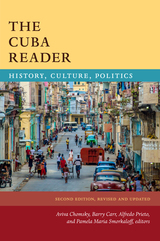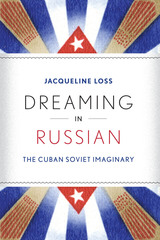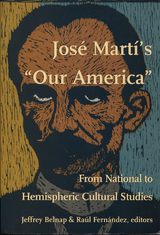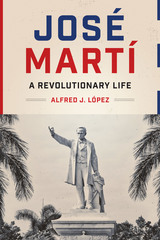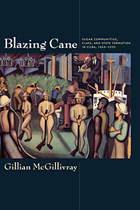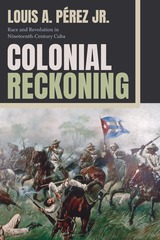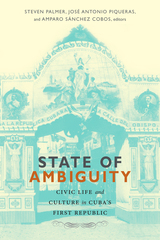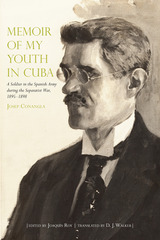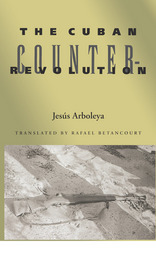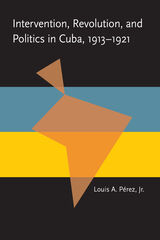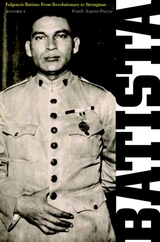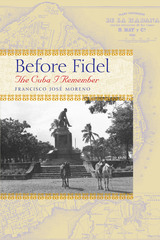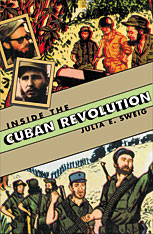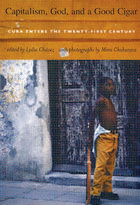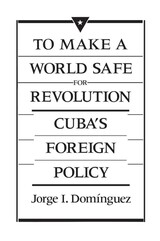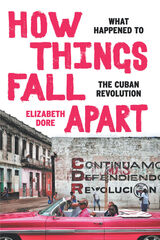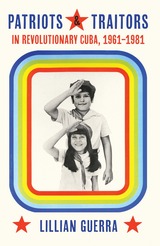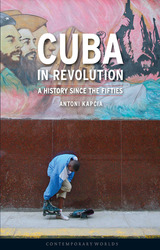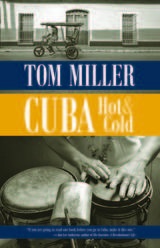Lawless Liberators: Political Banditry and Cuban Independence
Duke University Press, 1989
eISBN: 978-0-8223-9714-4 | Cloth: 978-0-8223-0882-9
Library of Congress Classification F1785.S38 1989
Dewey Decimal Classification 972.9105
eISBN: 978-0-8223-9714-4 | Cloth: 978-0-8223-0882-9
Library of Congress Classification F1785.S38 1989
Dewey Decimal Classification 972.9105
ABOUT THIS BOOK
ABOUT THIS BOOK
Among the forces that took the field in the 1890s in an attempt to overturn the Spanish colonial regime in Cuba were a large number of rural bandits. The alliance between outlaws and more respectable separatists was not accidental, nor did it prove peripheral to Independence strategies. Thieves, extortioners, kidnappers, and killers who cast their lot with veteran insurgents emerged from and contributed to, a century of social and economic upheaval; the reasons cited by many bandits for their outlawry were the same as those that appeared as complaints in revolutionary manifestos. Ransom and extortion money furnished by bandits also often replenished the bankrupt coffers of the rebellion.
Manuel Garcia, a hero-villian of Cuban folklore to this day, was the most notorious of the brigand-patriots and led a gang that spread terror throughout Havana province, contributing to the breakdown of rural order that preceded full-scale rebellion in 1895. Lawless Liberators examines the origins, actions, and ends (often sudden and violent) of the bandit groups such as Garcia’s that paved the way for the revolution and offers a reasoned and balanced analysis of their role in those dramatic events.
Manuel Garcia, a hero-villian of Cuban folklore to this day, was the most notorious of the brigand-patriots and led a gang that spread terror throughout Havana province, contributing to the breakdown of rural order that preceded full-scale rebellion in 1895. Lawless Liberators examines the origins, actions, and ends (often sudden and violent) of the bandit groups such as Garcia’s that paved the way for the revolution and offers a reasoned and balanced analysis of their role in those dramatic events.
See other books on: 1878-1895 | Brigands and robbers | Cuba | Outlaws | Revolutionaries
See other titles from Duke University Press

